Religious importance of various plants in India
perfect way for a better ecological balance!
Plants are truly a gift by god to the mankind, human beings recognized their dependence on plants at the very beginning of their life on the planet. Plants are often connected with the culture since ancient times, trees do not just have religious value but also various other values associated with them. The man’s physical environment is dominated by the trees and plants, as per the Indian ideologies, plants are living beings comprise of 5 primary matters known as pancha dhatu which are Water, Earth, Fire, Akasha and Air. Plants and trees are considered dear to the gods and planting plants is considered as a ritual of worship, according to the mythologies, planting trees can help people lead better life with the grace of Devtas.
Ancient civilizations were able to understand the ecologic balance better and they were good executors, in context to ancient Indian traditions plants and tree were deeply integrated with the religion as its proclaimed “By planting any kind of trees, useful for fruits and flowers, a person gets a reward of thousand cows adorned with jewels, while cutting a green tree was an unforgiving offense.” Worshiping and donating cows are very significant rituals, donating a cow has to be done at least once in a life time. These rituals are still in practice, specifically in country side families. All the religions of India worship the plants in one way or the other. Let us describe how different religions promote the plantation of trees and plants:
Buddhism has very close relation with the plants, as per the Buddhist scriptures, nature creates as well as preserves life, it is the duty of people to preserve plants considering them as living being. A Buddhist monk never cuts down a tree, as the trees have life in them and they believe that it is an abode of the deity.
The Jains consider plants to be important parts of the human existance, all 24 Jain tirthankaras meditated under the trees to attain enlightenment, they have a perception of livingness for the whole universe, plants and trees posses same soul as human beings.
In Islamic litt., its encouraged to plant trees and warned about cutting them down for instance – ‘Whoever plants a tree and patiently maintains it and tends to it until its fruition, every single fruit consumed from that tree is regarded by Allah as charity,’ (Kanz al-Ummal, no. 9081) and ‘Do not cut down fruit trees for Allah will pour down punishment on you.’ al-Kafi, v.5, p.264, n.9.
Holy Bible says “God made the trees with seed-bearing fruit. He gave us the possibility to increase their number by planting the seeds. We needed to learn to do this to continue receiving their benefits.” Each religion of India considers the trees important, given are the sacred trees of various religions of India:
Tulsi, Holy Basil (Ocimum Sanctum)
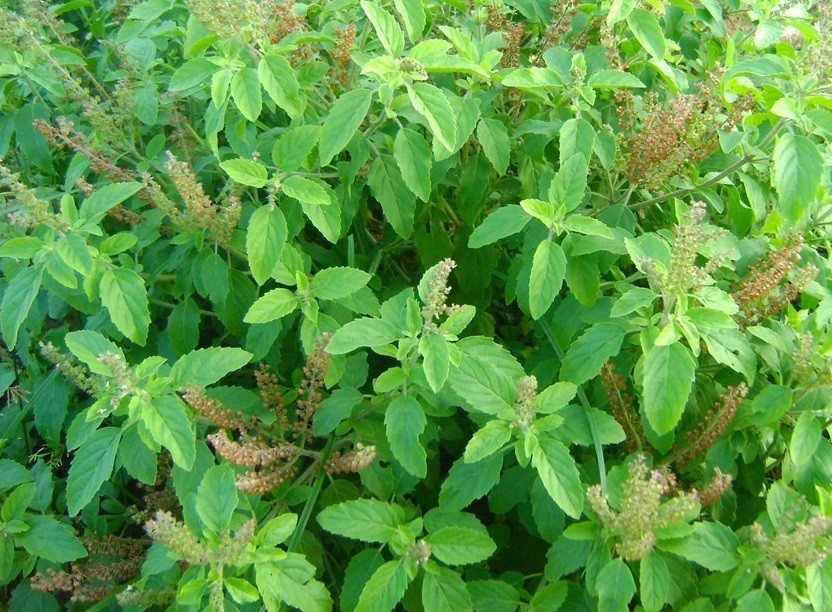
Pipal, Asvattha or Sacred Fig (Ficus Religiosa)

Bargad or Banyan (Ficus Benghalensis)
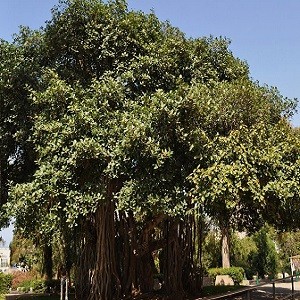
Pakad (Ficus Virens)
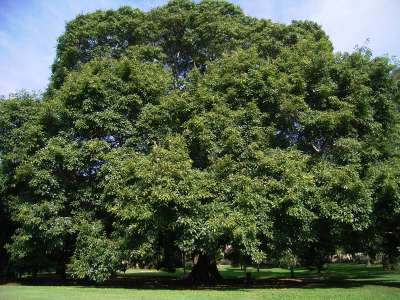 .
.
Banana (Musa Acuminata)

Aamla, Dhatri or Indian Gooseberry (Phyllanthus Emblica)
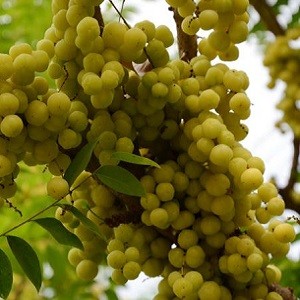
Bel or Bilva (Aegle Marmelos)
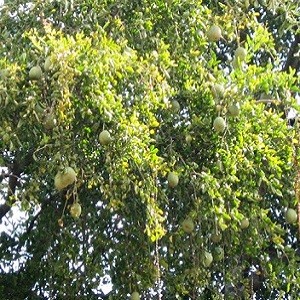
Chandan or Sandalwood (Santalum Album)
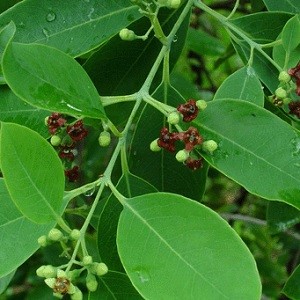
Kadam or Kadamba (Neolamarckia Cadamba)
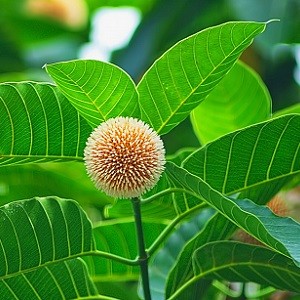
Mango Tree (Magnifera Indica)
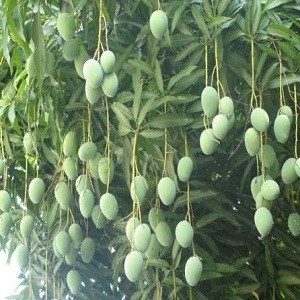
Neem (Azadirachta Indica)
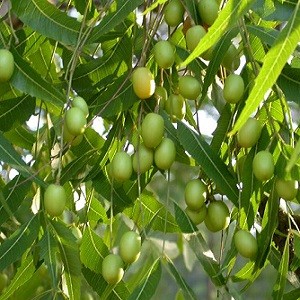
Madhuka or Mahua (Madhuca Longifolia)
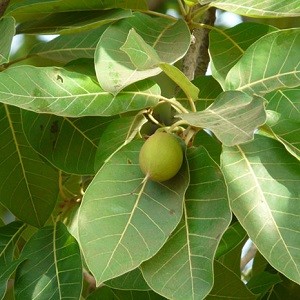
Ashok or Ashoka Tree (Saraca Asoca)
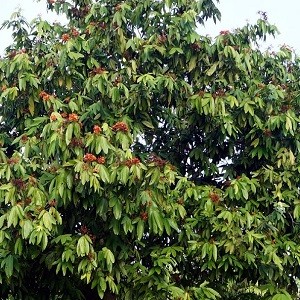
Arjun Tree (Terminalia Arjuna)
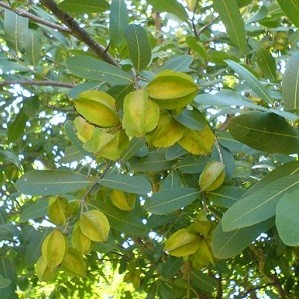
Bakul or Mulsari (Mimusops Elengi)
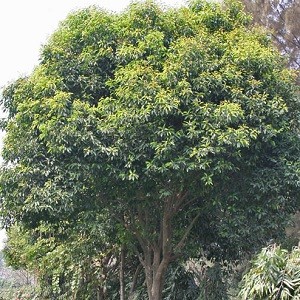
Nariyal or Coconut (Cocos Nucifera)

Gulmohar Tree (Delonix Regia)
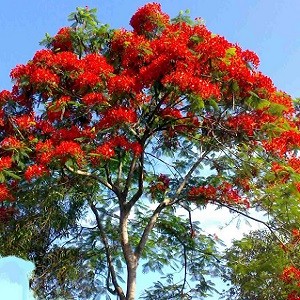
Palash (Butea Monosperma)
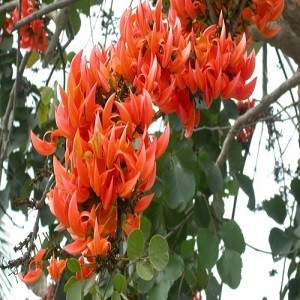
Prijatak or Harsingar (Nyctanthes Arbor-Tristis)

Vrukshayurveda, the science of plant life and also a 10th century treatise of that title on the subject ascribed to Surapala, dealt with various species of trees and their growth. Verses 9-23 from this text indicate how mystical beliefs and conservation of ecology was inter-connected.
A person is honored in Vaikuntha for as many thousand years as the days he resides in a house where tulasi is grown.
And if one properly grows bilva, which pleases Lord Siva, in his family, the goddess of riches resides permanently passes on to the sons and grandsons
He who plants even a single asvattha, wherever it may be, as per the prescribed mode, goes to the abode of Hari.
He who has planted dhatri has performed several sacrifices. He has donated the earth. He would be considered a celebate forever.
He who plant a couple of banyan trees as per the prescribed mode would go to the abode of Siva and many heavenly nymphs will attend upon him.
After planting neem trees a person well-versed in dharma attains the abode of Sun. Indeed! He resides there for a long period.
By planting four plaksa trees a person doubtlessly obtains the fruits of Rajasuya sacrifice.
He who plants five or six mango trees attains the abode of Garuda and lives happily forever like gods.
One should plant seven palasa trees or even one. One attains the abode of Brahma and enjoys the company of gods by doing so.
He who himself plants eight udumbara trees or even prompts someone to plant them, rejoices in the lunar world
He who has planted madhuka has propitiated Parvati, has become free from diseases, and has worshipped all deities.
If one plants ksirini, dadimi, rambha, priyala, and panasa, one experiences no affliction for seven births.
He who has knowingly or unknowingly planted ambu is respected as a recluse even while staying in the house.
By planting all kinds of other trees, useful for fruits and flowers, a person gets a reward of thousand cows adorned with jewels.
By planting one asvattha, one picumanda, one nyagrodha, ten tamarind trees, the group of three, viz., kapittha, bilva, and amalaka, and five mango trees, one never visits hell.
For more : https://en.wikipedia.org/wiki/Sacred_groves_of_India
The importance that Indians give to the plants and trees can be implied as there are various forest fragments which are protected by the people. There are various NGOs in India which work to protect the forests and groves. In fact, people of the community take turns to protect the trees. All this clearly explains the place of trees in the religions of India.









Leave a comment
You must be logged in to post a comment.